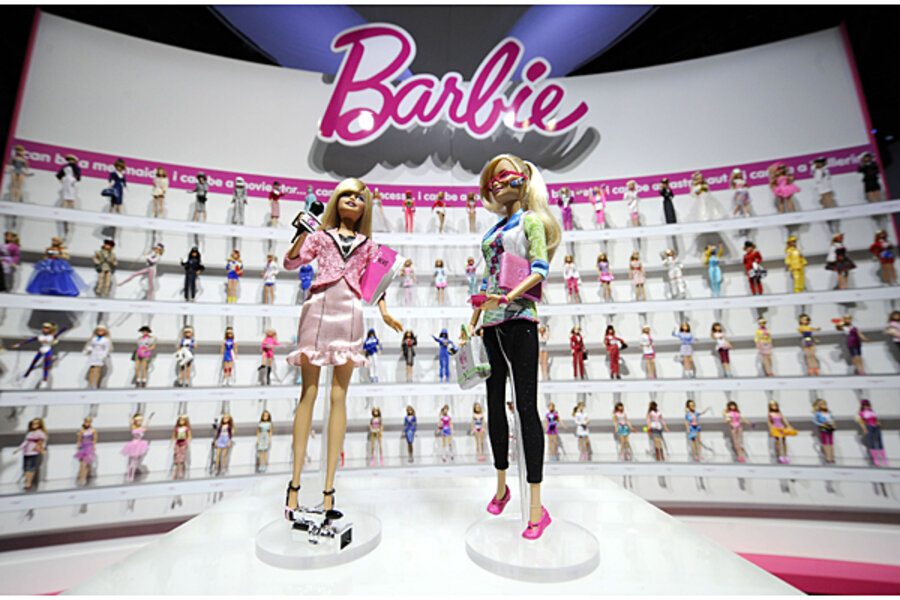Goodbye to imaginary conversations. Hello Barbie is here.
Loading...
The new Barbie will be able to talk back.
At the New York Toy Fair over the weekend, Mattel announced it is developing “Hello Barbie,” a new version of the iconic doll that will be able to have two-way conversations with its owner. Hello Barbie will also have the ability to learn new references over time via voice recognition software.
With this release coming just days after Mattel announced a new View Master that will employ virtual reality software, the distinction between tech and toys is blurring more than ever.
Hello Barbie will get her digital makeover from voice recognition startup ToyTalks. In addition to being able to tell jokes, make geographical references (“Central Park is my favorite place in New York City”), and play interactive games (such as “What if?”), Hello Barbie listens to what her owner says and learns their preferences over time. If a kid likes to dance, and discusses his or her love of dance around Barbie, she will remember that and bring it up in future conversations.
"The number one request we hear from girls around the world is that they want to have a conversation with Barbie," says a spokeswoman for Mattel to the BBC. "Now, for the first time ever, Barbie can have a two-way conversation."
How will ever-fashionable Barbie haul around the upgrade? Hello Barbie’s necklace will include a speaker, microphone, and LED lights. Her legs will hold two rechargeable batteries. All the voice recognition processing will be done in the cloud – that’s where Barbie will remember the little details about her owner as well as receive new data and conversational information from Mattel. That being said, Hello Barbie must be connected to Wi-Fi to work, and will run for about an hour once fully charged.
The doll’s price tag will also be getting a boost thanks to the tech. Hello Barbie is set to debut at $75, though Mattel says once it is released the price will likely decrease. A release date has not yet been announced.
But transforming a bestselling children’s toy into a device that can remember preferences through voice recognition brings up big questions about privacy. Mattel has not yet specified how it will ensure the doll is safe against hacks or how that voice recognition data will be used. ToyTalks, the company providing the software for Mattel, has a privacy section on its website that stipulates it only uses archived conversations to work on enhancing software.
Mattel and other toy companies have been under pressure to update their classics to the digital world kids are growing up in today. With the advent of tablet apps and online games, there are more options for play than ever before. Mattel recently announced Barbie sales were down for the third year in a row. The question for offline retailers is how to marry the tech and the past popularity of a toy.
Mattel has made it clear it is facing this question head on. In addition to Hello Barbie, last week the company announced a blending of the View Master and Google Cardboard, in which kids will use a smart phone to view virtual reality apps through a View Master head set.








